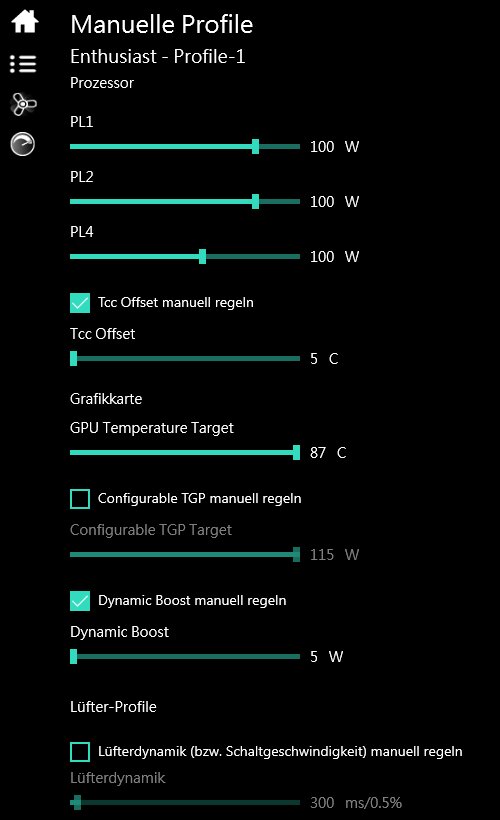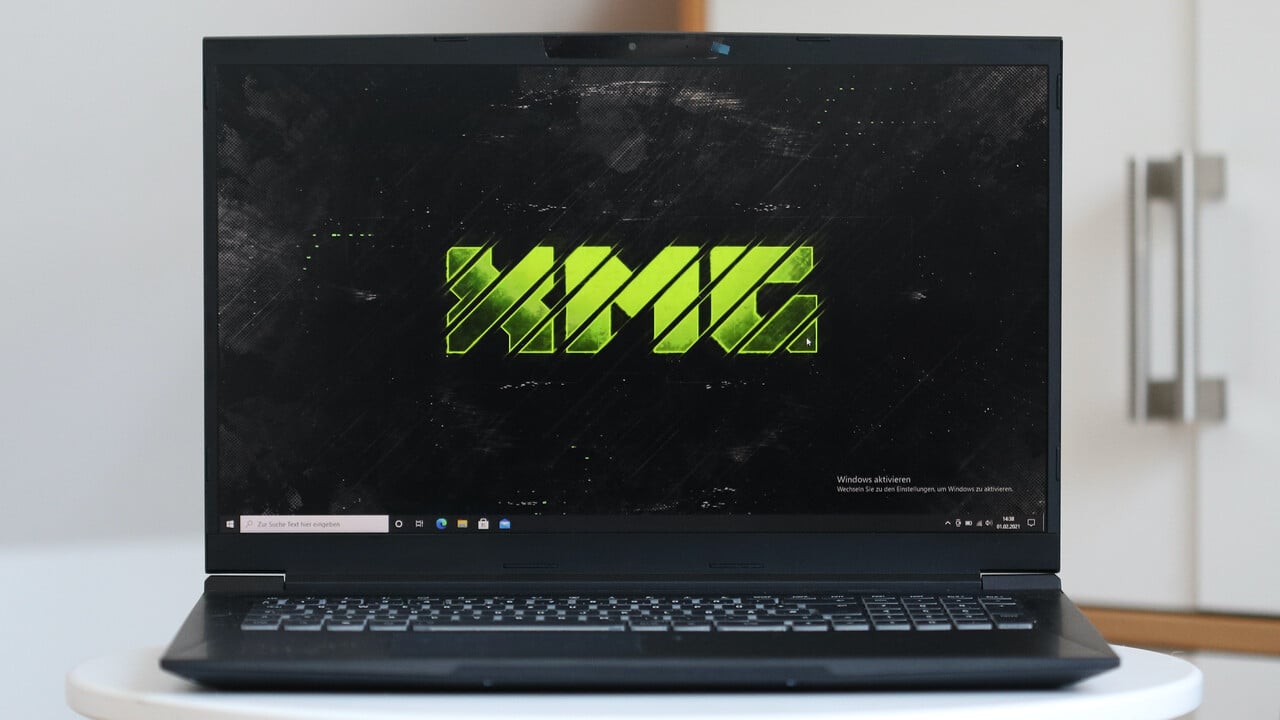Nvidia GeForce RTX 3060 Laptop GPU (Mobile) | Test | Specs | Config
After the mobile graphics chips GeForce RTX 3080 laptop GPU and 3070 laptop GPU for notebooks, the smallest offshoot, the GeForce RTX 3060 laptop GPU, is now also available. The test in the Schenker XMG Core 17 (E21) provides the reason for the time lag: (Not only) in FHD it repeatedly steals the show from the big ones.
Nvidia’s GeForce RTX 3060 laptop GPU in the test
In contrast to the two larger models, the GeForce RTX 3060 laptop GPU is not based on GA104, but on GA106, which will also form the basis for the GeForce RTX 3060 with 12 GB for gaming PCs at the end of February 2021. Compared to this model, however, even more units are active with 3,840 shaders. However, the power consumption has been reduced from 170 to a maximum of 130 watts (115 + maximum 15 watts via Dynamic Boost 2.0).
Compared to the desktop version of the same name, the 3060 should be better positioned than the GeForce RTX 3080 laptop GPU and 3070 laptop GPU showed in the test. With 60 percent fewer shaders than the GeForce RTX 3080 laptop GPU and 25 percent fewer shaders than the GeForce RTX 3070 laptop GPU, it should still lag far behind the larger models. GeForce RTX 3000 Laptop GPUs
Compared to the predecessor GeForce RTX 2060 Mobile / Max-Q, the new version has exactly twice as many FP32 execution units, although at this point we must once again refer to the peculiarities of the Ampere architecture. In a nutshell: Because 50 percent of the FP32 performance can only be accessed if integer calculations are not performed at the same time, it depends on the application how much of the theoretical FP32 additional performance can be used.
Nvidia has increased the power loss in the 60 series: Previously, a maximum of 90 watts was possible in the Max-P version, now it is 115 watts without and 130 watts with maximum Dynamic Boost 2.0. The memory interface has remained the same: 6 GB GDDR6 are connected via 192 bits with 14 or 12 Gbps (Max-Q). GeForce RTX 3000 Laptop GPUs vs. GeForce RTX 2000 (Mobile)/Max-Q
GeForce RTX 3060 can be faster than 3070 and 3080
If you compare the 3080, 3070 and 3060 for notebooks only on the basis of the CUDA cores, you will see the three classes clearly separated from each other as in the desktop. In the notebook, however, there is another variable that is particularly crucial in this generation: the maximum power loss. Nvidia has specified 28 different variants in three classes – details on this in the test of the large laptop GPUs.
All three classes have a very wide range of possible power losses, which overlap even more than a generation before, especially at the lower end: Only two variants of the GeForce RTX 3070 laptop GPU are allowed to consume more electrical power than the GeForce RTX 3060 laptop GPU. The GeForce RTX 3080 laptop GPU has seven variants, but the largest will not be used in so-called thin-and-light gaming notebooks. Specifications as provided by Nvidia to OEMs.
ComputerBase has tested both the GeForce RTX 3080 and the GeForce RTX 3070 for notebooks with a maximum power consumption of 105 watts (TGP + Boost). The GeForce RTX 3060 laptop GPU tested today is almost 25 percent higher with 130 watts (115 + 15 watts). That doesn’t quite correspond to the CUDA lead of the GeForce RTX 3070 and just under half of the CUDA surcharge of the GeForce RTX 3080 laptop GPU. If CUDA cores and the possible clock rates through consumption are expressed in theoretical computing power, the direct opponents are still much closer than it looked at first glance: Theoretical computing power of the special GPUs in the test
The higher clock rate as a result of the higher TGP means that the fastest GPU is “only” 28 percent ahead of the slowest. If GeForce RTX 3060 with 60 watts and GeForce RTX 3080 with 150 watts were to face each other, the difference would be 163 percent. This also applies the other way around: The 3060 laptop GPU with 130 watts offers 11 percent more theoretical computing power than the slowest GeForce RTX 3080 laptop GPU with 80 watts.
Das XMG Core 17 mit „Configurable TDP“
A sample from the early pre-series production of the XMG Core 17 with AMD Ryzen 5800H and GeForce RTX 3060 laptop GPU with 130 watts (115 watt TGP plus up to 15 watt Dynamic Boost 2.0) was available to ComputerBase for testing. The XMG Core 17 with Ryzen 7 5800H and GeForce RTX 3060 laptop GPU (130 watts)
Schenker Technologies has been offering the XMG Core 17 with Ryzen 4800H or Intel Core i7-10870H and GeForce RTX 2060 Mobile (110 watts) since last year. The series will officially switch to the GeForce RTX 3060 laptop GPUs (130 watts) in February. The change to AMD Ryzen 5000H alias Cezanne, on the other hand, will only be carried out later – in view of the current delivery situation of the new APU, this is not possible any other way, explains Schenker Technologies. It is not yet clear when Cezanne will move in.
Notebooks with a new everything-is-possible control center
For a first test of the GeForce RTX 3060 laptop GPU in combination with AMD Ryzen 5000H, the pre-production model was a perfect basis: Not only does it use the GeForce RTX 3060 laptop GPU in the largest expansion stage specified by Nvidia, its TGP can be completely controlled via a Lower the new control center directly in Windows in 1-watt steps to 80 watts, even without restarting, and reduce the Dynamic Boost 2.0 from 15 to 10 to 5 watts or switch it off completely.

The editors were able to use the GeForce RTX 3060 laptop GPU in just one device with maximum and minimum power dissipation apart from the Max-Q variants and also in a direct comparison with the GeForce RTX 3080 and 3070 laptop GPU at 105 watts that have been tested so far testing.
The performance that a mobile GPU will deliver in different notebooks could not be explored more comprehensively using just one model. And that does not only apply to the test sample, because all these functions will also be available in the series. Schenker Technologies has already provided detailed instructions for the new control center.
On the next page: benchmarks
















